For this week’s Forces of Fame, we’re heading to the skies of the East to take a look at a fighter that is often unfairly overlooked in favour of the Imperial Japanese Navy (IJN) ‘Zero’ but deserves far more attention than it receives today. Produced by the Nakajima company, the Ki-43 Hayabusa (peregrine falcon) served exclusively with the Imperial Japanese Army Air Force (IJAAF) throughout the war, giving a good account of itself even as it was progressively outclassed by more modern designs.
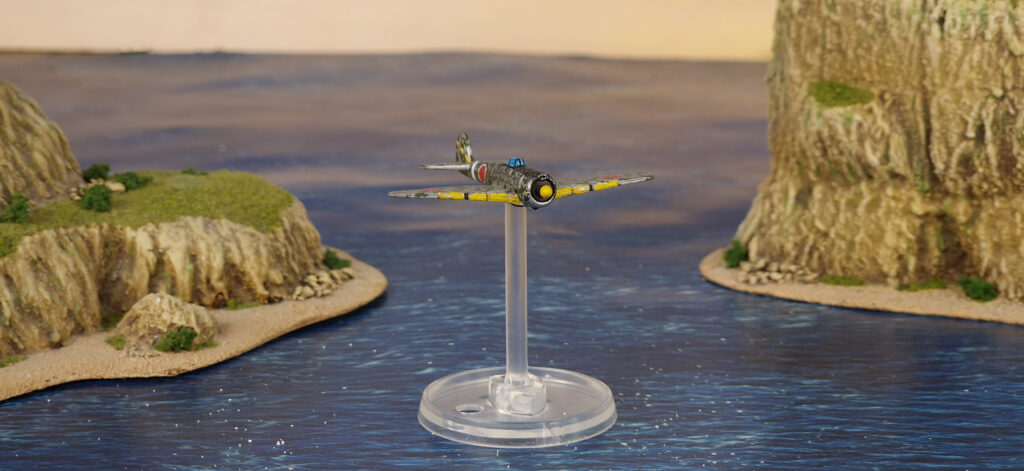
Utilising the same Nakajima Sakae radial engine as the Zero, and being visually similar enough to confuse US pilots in the heat of combat, the Ki-43 (given the reporting name ‘Oscar’ by the Allies) earned a reputation for legendary manoeuvrability in combat. While under-armed and lacking armour, especially as the war crept into its later stages (being armed only with a pair of rifle-calibre machine guns), in the hands of a skilled pilot it was capable of running rings around any of its allied opponents.
With the introduction of the up-engined Ki-43 II variant (which also benefitted from larger-calibre machine guns) in December 1942, the IJAAF had an aircraft which enjoyed clear superiority over the early allied types. The introduction of more powerful aircraft to the Pacific and CBI (China Burma India) theatres, such as the F6F Hellcat and P-38 Lightning, saw the Oscar decline in potency, but when well flown it still provided veteran pilots with a chance to surprise their opposite numbers. The manoeuvrability for which it was so famed came in large part from a unique set of ‘butterfly’ flaps, allowing for extremely tight turns in combat, combined with a very light airframe. This did however lead to a certain vulnerability to enemy fire – many allied airmen would describe the Oscar as being difficult to hit, but prone to burning when they did so, especially by .50 calibre or 20mm rounds.
Towards the end of the war, with the tide turning against the Japanese, the Ki-43 saw some service as an interceptor, only seeing limited success against the American heavy bombers due to their light armament. Many more were expended as kamikaze, deliberately crashing into enemy ships (and on several occasions enemy bombers), as were all types of Japanese aircraft in the last months of the war in the East. The type remained in regular service throughout the war too, piloted by the vast majority of IJAAF aces. The leading scorer on the type was Satoru Anabuki, with 39 confirmed kills and many more claimed (but hotly contested by the Allies), the majority of which came in Oscars. He survived the war, no mean feat for a Japanese combat aviator, before spending many years as a helicopter and airline pilot afterwards.
In the tabletop dogfights of Blood Red Skies, the ‘Oscar’ comes with a great top speed of 7 and manoeuvrability of 3, although its firepower is a rather feeble 1. This means that a canny commander will want to outmanoeuvre their enemy wherever possible and pick their spots to attack carefully. Fortunately, the Ki-43 comes with the No Stalling and Deep Pockets traits, giving a squadron the ability to stay in the fight for longer, until they can spring their trap and get into position to take the perfect shot.
Strap on your parachute, climb into the cockpit, and take to the skies. For the Emperor!
Other articles in the Forces of Fame Series:
Bolt Action – The Tiger I; Princess Elizabeth (Jubilee Special);
Blood Red Skies – Messerschmitt Bf 110;
Victory at Sea – The Bismarck;
Pike & Shotte – Cuirassiers;
Black Powder (Epic Battles ACW) – The Iron Brigade;
Black Seas – HMS Victory;
SPQR – Dacian Falxmen;
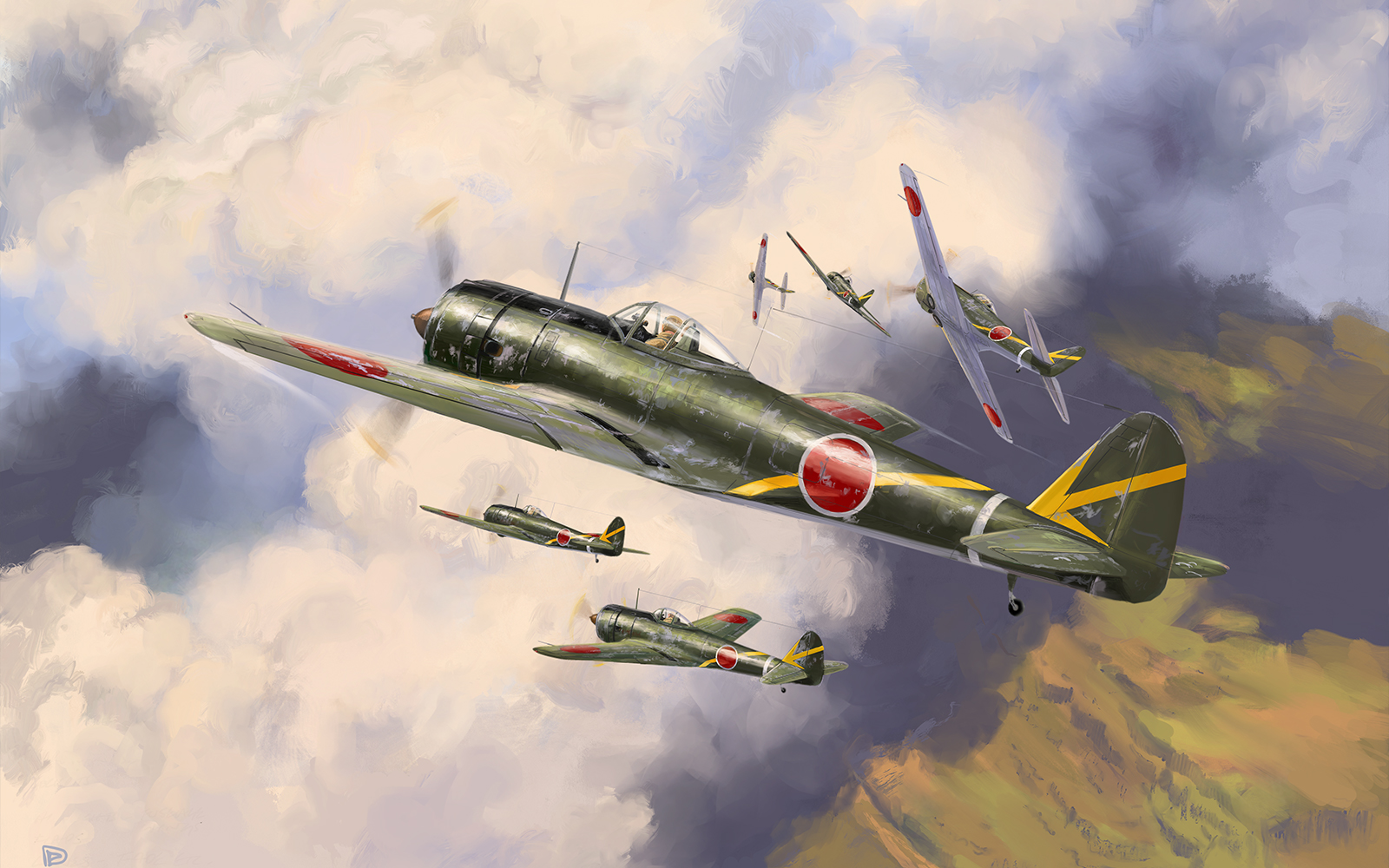
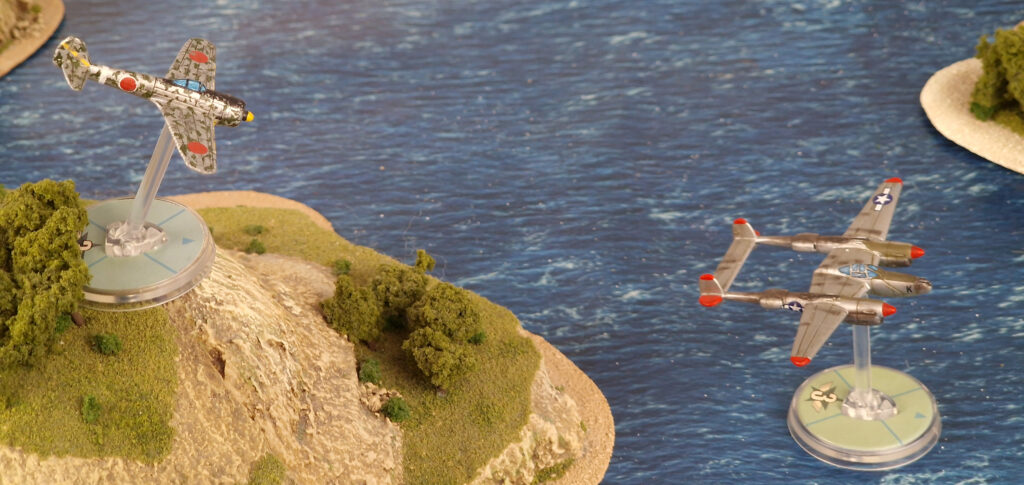
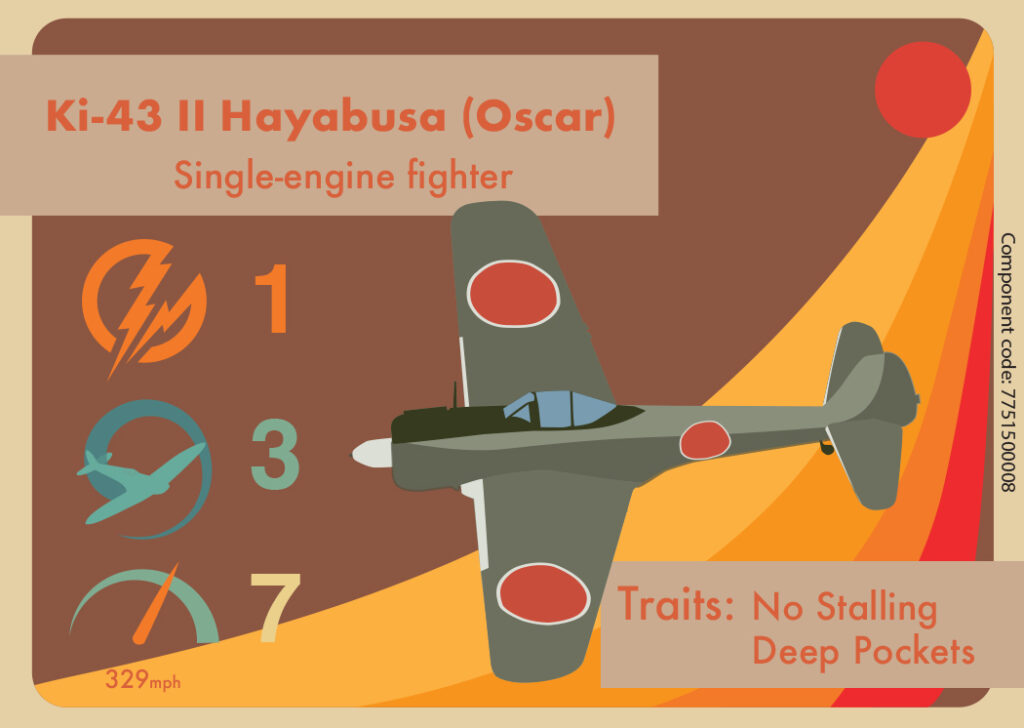
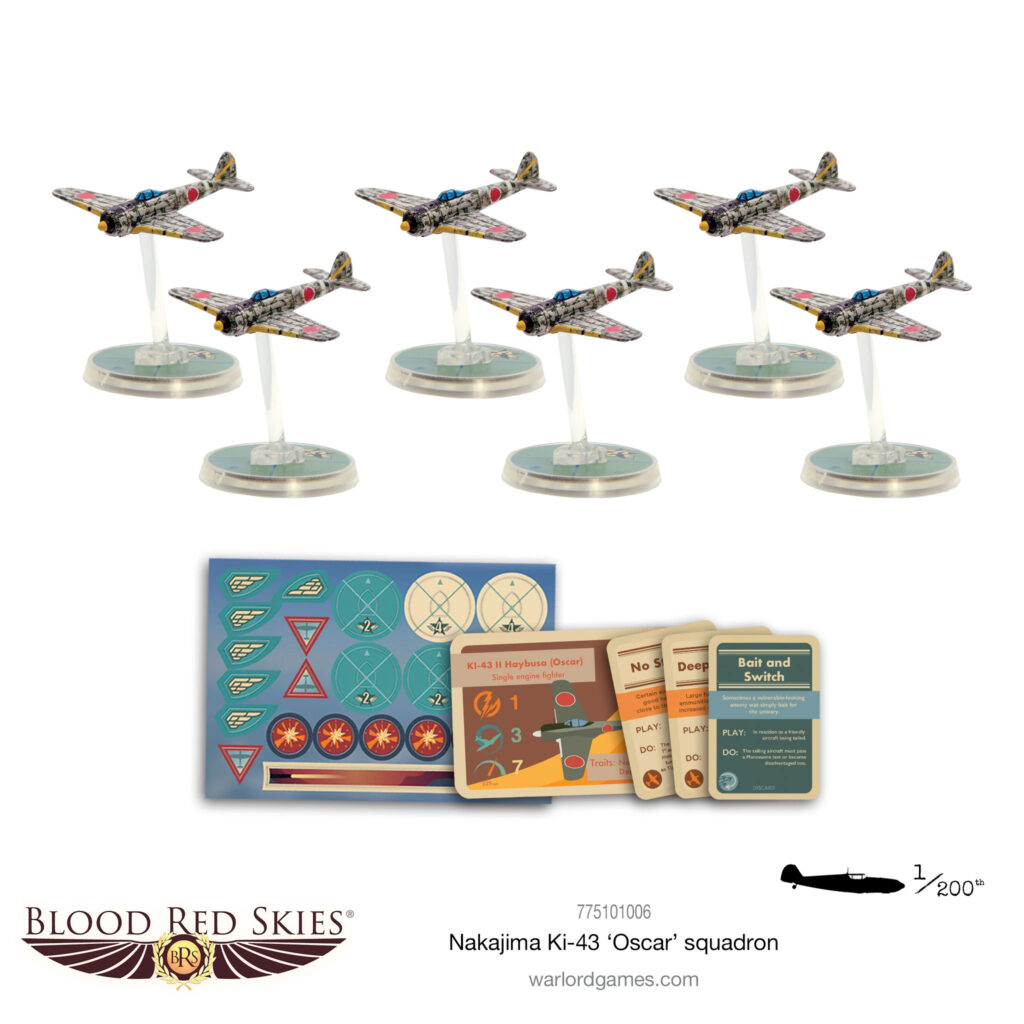
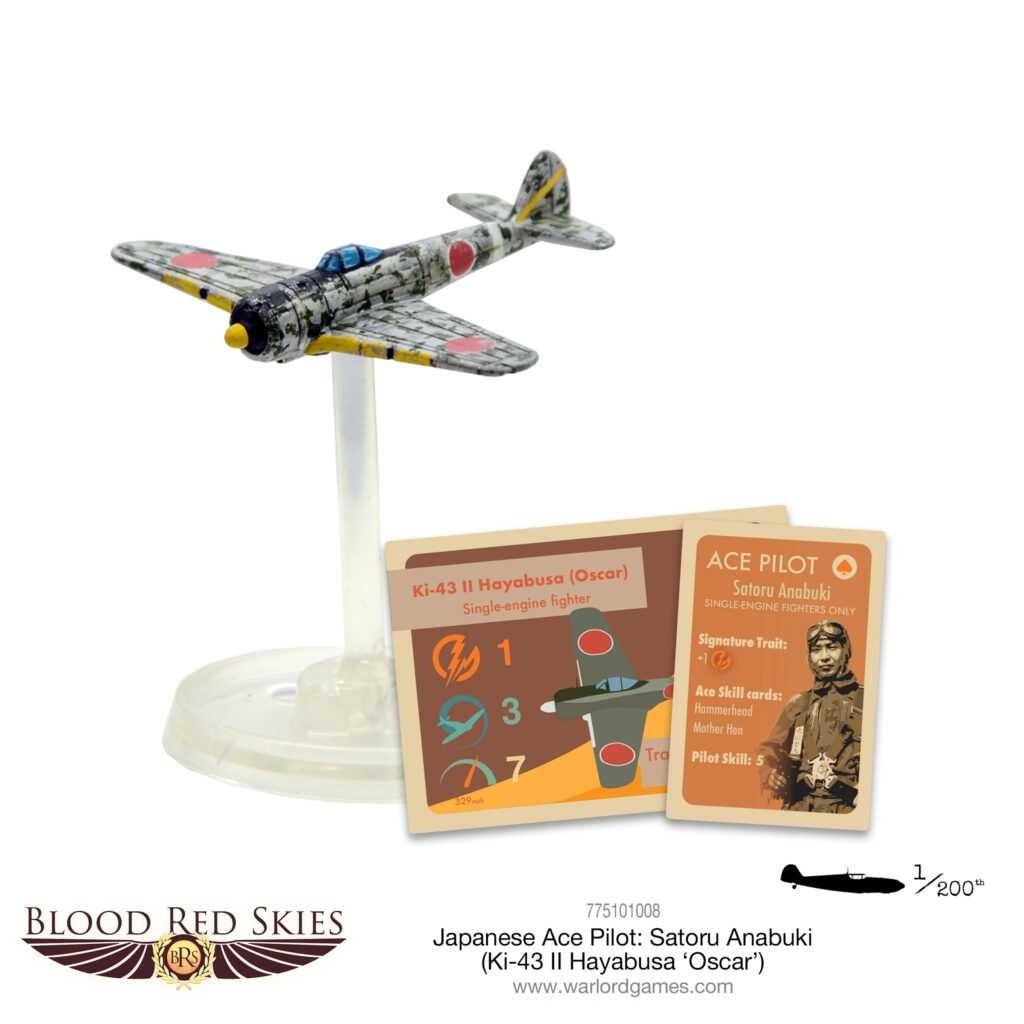
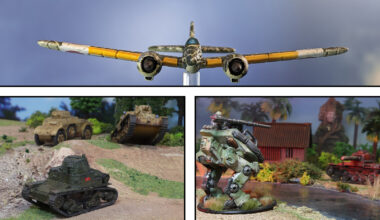
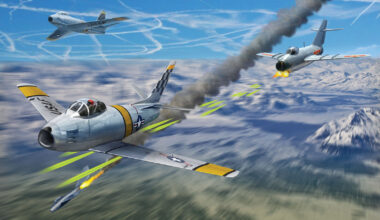
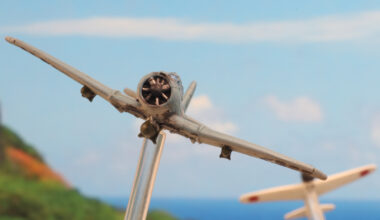
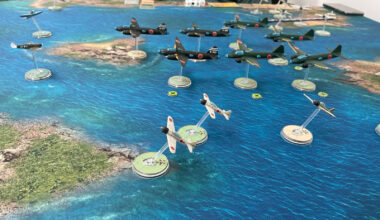
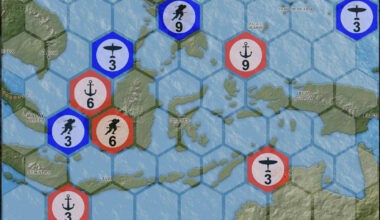
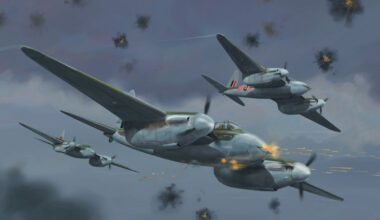
1 comment
Similar to Zero, which I’ve had some success with, looking forward to getting my Hayabusa on the table
Comments are closed.